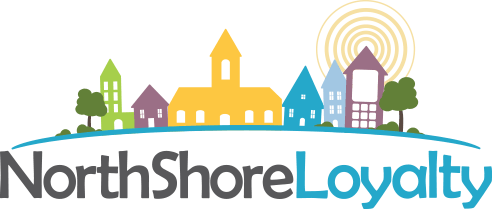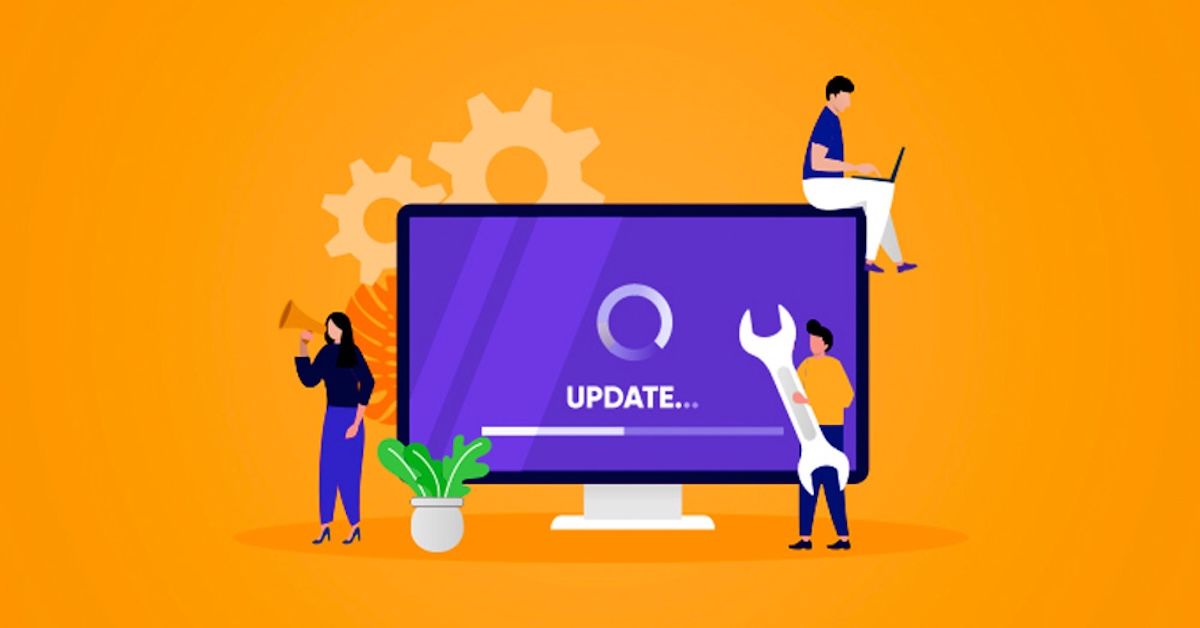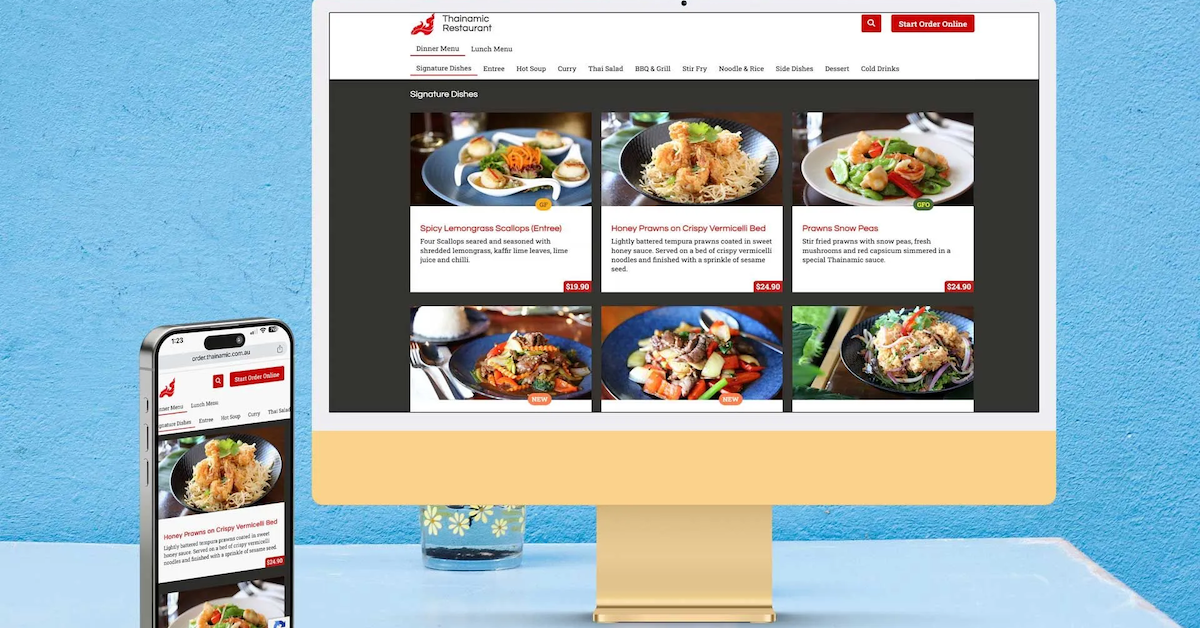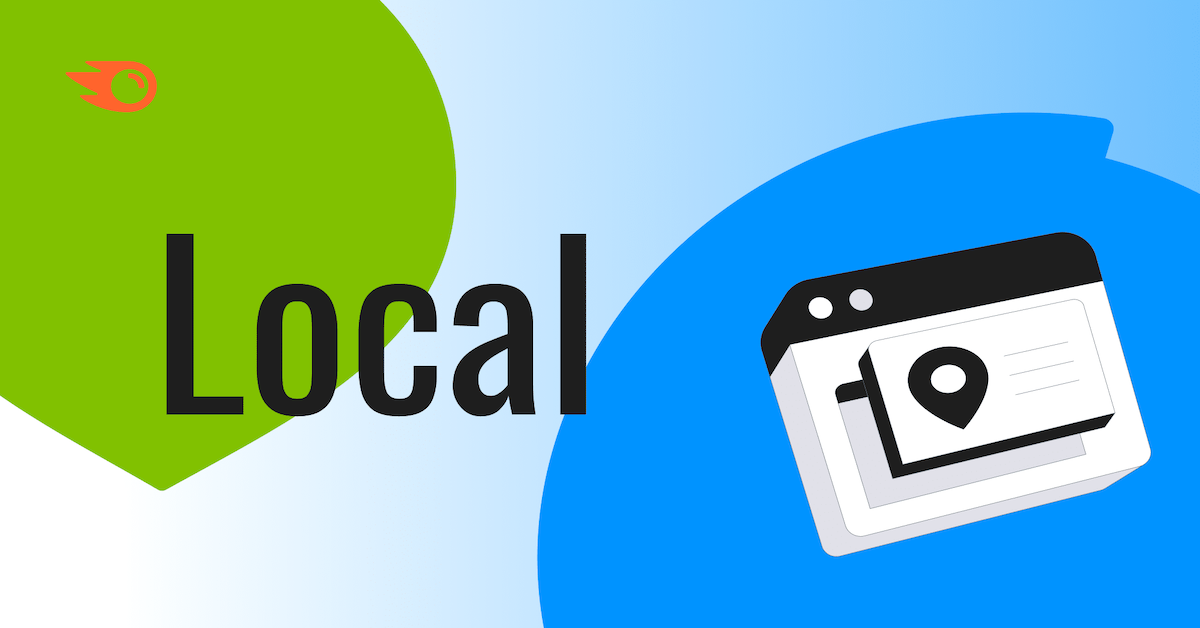How Can I Monitor and Improve My Business's Online Presence?
Your business might be doing great offline, but if your online presence is weak or outdated, you're leaving money on the table. These days, your digital footprint is often the first impression potential customers get — and in many cases, it's their only impression. Whether someone is Googling your name, checking your hours on a listing, or scrolling through your social media, they’re forming an opinion before you even know it. So, how do you keep track of all that and actually improve it? Let’s break it down.

Start by Understanding What “Online Presence” Really Means
Online presence isn't just having a website. It's the full picture of how your business shows up online. That includes your website, social media accounts, local listings, customer reviews, and search engine results. If you only focus on one channel, you might miss out on opportunities in others. A strong online presence builds trust, helps people find you, and makes it easier for customers to engage with your brand from wherever they are.
Do a Full Audit of Where You Stand
Before you make improvements, you need to know what you're working with. Start by reviewing your website. Is it mobile-friendly? Does it load fast? Are your services and contact info easy to find? Then Google your business name and see what pops up. Check your social media pages for outdated info or inactive feeds. Look at your Google Business Profile, Yelp, and other directories to make sure your hours, address, and phone number are consistent. You’d be surprised how many businesses lose customers over a wrong digit or missing detail.
Set Up Tools to Track Key Metrics
You don’t have to guess how your online presence is doing. Free tools like Google Analytics and Google Search Console give you insight into how people find and interact with your site. Want to know how you rank for certain keywords? Try using Ubersuggest or SEMrush. Social media platforms have their own insights too, showing engagement rates, follower growth, and which posts get the most love. You can even set up alerts to be notified when someone mentions your business or leaves a review online.
Make Sure Your Website Is Doing the Heavy Lifting
Your website should act like your digital storefront. It needs to be clear, fast, and helpful. That means optimizing it for mobile use, keeping pages clean and easy to navigate, and using strong calls-to-action to guide users. A blog can help with SEO and gives you a reason to update your site regularly. Don’t forget the backend: use keywords in your page titles and meta descriptions, and make sure all images have alt tags. These small details add up and help search engines understand and rank your content.
Fix Up Your Local Listings and Business Profiles
If your address, phone number, or hours are incorrect in one spot, it can throw everything off. Google Business Profile is especially important, since it affects how you show up in local search results and Google Maps. Add photos, answer questions, and encourage reviews. Do the same with Yelp, Facebook, Bing, and any industry-specific directories you’re listed on. Consistency across the board makes you look legit and helps with local SEO.
Don’t Ignore Your Online Reputation
People talk. The question is — are you listening? Reviews matter, even the short ones. Always respond, even if it’s just a quick “thank you” for positive feedback. If someone leaves a bad review, reply calmly and professionally. It shows you care and are open to fixing mistakes. Ask happy customers to leave reviews, and make it easy for them with direct links or gentle reminders in emails. The more quality reviews you collect, the more trustworthy your business looks online.
Stay Active and Strategic on Social Media
You don’t need to be on every platform, but you should be consistent wherever you do show up. Posting once a month isn’t going to cut it. Aim for regular, engaging content that reflects your brand voice. That might be behind-the-scenes photos, customer shout-outs, quick tips, or seasonal promotions. Use tools like Buffer or Hootsuite to plan posts ahead of time and track which ones perform best. Pay attention to what your audience responds to and keep building on that.
Use Content to Build Authority
Blog posts, how-to guides, videos, and infographics help position your business as a local expert. Plus, they give people more reasons to visit your site and stay longer. Focus on topics your audience actually cares about — answer common questions, explain industry trends, or share useful resources. Good content not only boosts SEO, it also builds trust over time.
Try Paid Ads if It Makes Sense for You
Organic reach is great, but sometimes a little paid push can help. Local search ads, Facebook promotions, or Google Display ads can put your brand in front of new eyes. The key is targeting carefully and tracking results. Set clear goals for your ad campaigns and adjust based on what’s working. You don’t need a huge budget — just smart planning.
Review and Refine as You Go
Your online presence isn’t a “set it and forget it” kind of thing. Schedule monthly or quarterly check-ins to review your site stats, listings, reviews, and social media performance. What’s growing? What’s lagging? What needs a refresh? Staying proactive means fewer surprises and better results.
At Northshore Loyalty, we help businesses take control of their online presence with strategies that actually work. From local SEO and content plans to website updates and review management, we’ve got your digital visibility covered. If you’re ready to build a presence that brings in real results, we’re here to help you get there—step by step.
Our Recent Post










